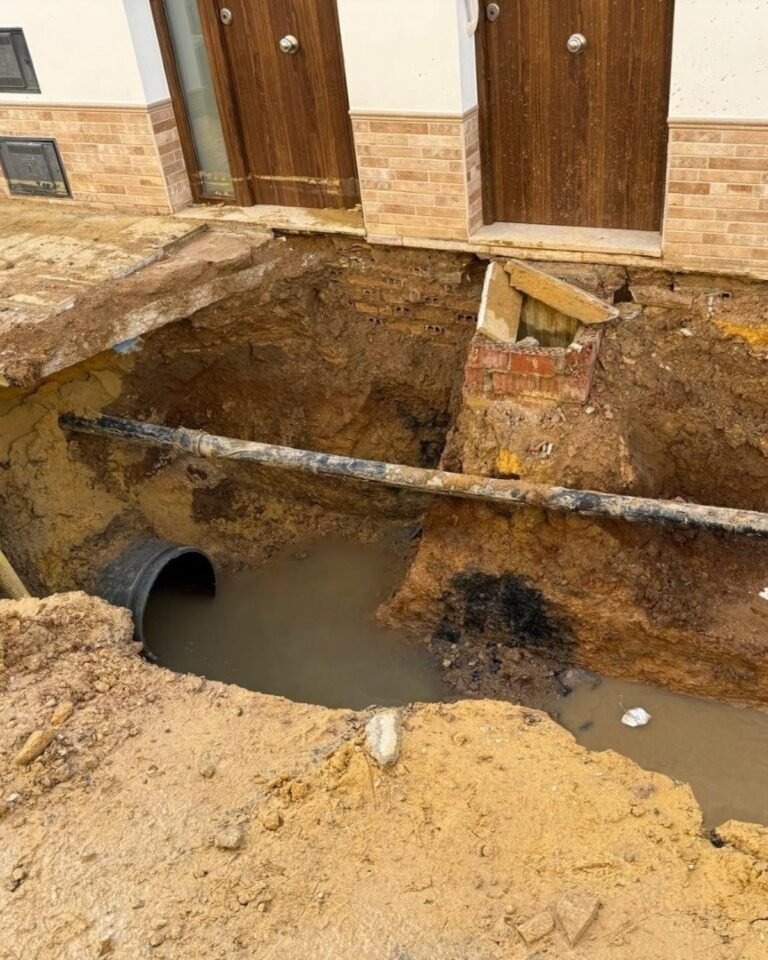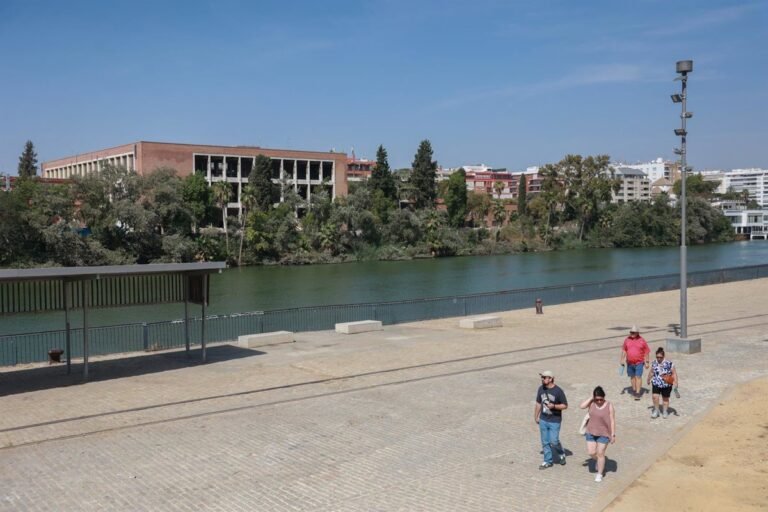
The widespread incident resulted in the suspension of classes, evacuation of public facilities, and heavy traffic congestion in Seville and its province. The area has gradually been recovering its energy supply since 4:00 PM after a massive failure in electricity distribution that affected the Iberian Peninsula and other parts of Europe on Monday. While the socio-economic impact has been significant, there have been no serious incidents reported.
The incident led to the suspension of train, metro, and tram services, as well as a malfunction in traffic lights, prompting the preventive evacuation of Santa Justa railway station. The Metro de Sevilla’s website reported that their staff immediately evacuated people from stations and trains, rescuing those trapped in elevators. All stations remain closed, and as soon as power is restored, they will verify all systems and activate the service as soon as possible.
Seville’s City Council, led by Mayor José Luis Sanz, activated Phase 1 of its Municipal Emergency Plan, deploying public services like the Local Police to assist those in need and ordering the preventive closure of parks and municipal sports centers. The Mayor called for calm, urging people to avoid unnecessary travel and follow the instructions of the authorities.
Public transport in Seville, operated by Tussam, experienced communication issues causing delays in the capital’s stops, exacerbated by increased demand due to the metro and tram service shutdown. However, Tussam assured that they were providing regular service and striving to handle the situation efficiently.
By 7:00 PM, only 35% of Andalusia had regained power, with urban areas like Enramadilla, Los Remedios, San Bernardo, and others having electricity restored. The incident also caused significant traffic congestion during midday, but as the afternoon progressed, traffic flow improved in the metropolitan area.
The power outage and traffic delays forced some people to walk back from Seville to Aljarafe due to limited mobility options. The University of Seville suspended all activities, and the Andalusian government canceled afternoon classes in schools. The Provincial Fire Consortium of Seville conducted ten rescues of people trapped in immobilized elevators due to the energy distribution failure.
In various towns, firefighters assisted elderly residents in accessing their homes, resolved mobility issues for individuals with disabilities, and managed a minor fire incident at a solar panel plant in Fuentes de Andalucía. The incident also impacted tourism, leading landmarks like the Cathedral and the Church of El Salvador to close earlier than usual.
FUENTE




